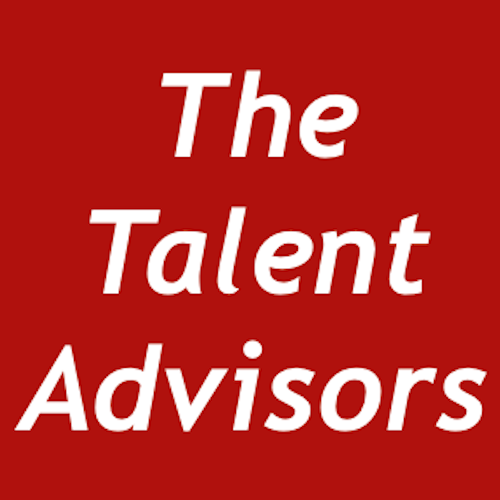NED CAPABILITY: BE CLEAR AND CONVINCING
This article is part of our Insights For Action series. Join the mailing list to receive this and more.
New and aspiring directors without a credible narrative across the ‘what’ and ‘how’ of board work, including adaptive leadership, face challenges during the nominations process.
While it is true that the combined board is stronger than any one individual, it is the specific and distinct expertise that each person brings that underpins the board’s capability and adds to the boardroom dynamic.
Talented nominees bring, in many forms, a set of skills and perspectives as non-executive directors, but contributing as a board member requires much more.
Board processes, perspectives and dynamics differ significantly to corporate management. Transitioning to a non-executive contributor can mean a focus on certain capabilities while letting go of others. The shifts are from the ‘operational to the strategic’ from ‘doing to oversight’ and from the ‘directive to the collective.’
While requisite board skills include knowing an individual director’s legal duties and governance responsibilities, deep technical or functional expertise, the ability to read and comprehend company accounts, assess risk, compliance and financial materials as presented to boards and know reporting requirements, the real value may well be in how a non-executive director gets to an outcome.
Consider the following:
Sector and business context - experience from the same industry is often wanted, but more important is exposure to relevant types of customers, supply chain management issues, business models, competitor challenges, geographic reach, regulatory demands, transformation programs or market disruption. What area of expertise is important to add a perspective to the matters likely to be raised on sub-committee or board agendas. What is needed get closer to current and emerging customers or know the marketplace better.
Life cycle and transformation - a background in dealing with the systemic issues or strategic choices of an organisation at the same life cycle stage makes sense, but so does having the director who can help steer the organisation around the next few corners as the business keeps developing, diversifying, prioritising or refocusing. Planned transformation strategies or organisational change work succeed with an understanding of people and culture or managing the impact of transition.
Strategic direction and choices – to review strategy requires constructive questioning and suggestion; to apply business acumen and awareness of the unintended consequences of certain actions; to use analytical skills under pressure; to plan as well as ‘do’; to know when to change or innovate; to identify the tipping point. Directors fine-tune how to apply strategic thinking to strategic process and strategic choices; to articulate and link back to the core purpose.
Complexity and uncertainty - board work deals with ambiguity. Sitting on a board takes the director to the ‘balcony’ where opposites are addressed: the short-term versus the long-term, increasing shareholder value versus acceptable returns on capital invested, organic growth versus growth by acquisition; commercial impact versus social impact; tolerance for risk and values versus profit.
Delayering and questioning – directors need to quickly assimilate and synthesise complex information and develop a broader view of the areas of major risk to a business. In particular, good directors have learnt how to ask the right questions, in the right way, to uncover needed information. This helps identify when to control and when to empower.
Systems thinking – good directors see the interconnections and unintended consequences of potential actions. The questions they ask discover the why behind the why. Systemic analysis gives clarity to customer and market impact within the life-cycle stage of the organisation; and the critical nexus between the ‘what’ of the marketplace with the ‘how’ of organisational culture.
Decision processes – corporate decisions have a focus on operational needs, resource allocation or to solve short-term problems. At board level, decisions are broader, more strategic, collective and require foresight. Underpinning this is an ability to influence or facilitate consensus on complex matters, through listening, respect and insight. How can we ensure robust decision-making. What types of critical thinking, judgment, questioning and insight link to the board’s pressure points, willingness to continually improve or seek best practice.
Group dynamics – business relies on collaboration cross-functionally as well as cross-culturally and across purposes. Boards, including non-profits, draw on people from different backgrounds, skills, approaches, expectations and thinking styles. Skills such as empathy and emotional intelligence are needed to build the levels of trust for collegiate decision-making and accountability. Useful is a skill-set in managing or influencing the interests of different stakeholders or resolving tensions across systems, organisation silos or groups.
The question for board candidates becomes: “what is my unique contribution as a potential non-executive director?” Mapping the key strengths and competencies that you bring to your boards and particular sub-committee helps you develop a clear and convincing narrative in your application and interview.
▶︎ Discover what support we offer on boardroom styles and strengths or book a coaching session to help you map and express the contribution and transferable skills that you bring to the board skills matrix in your application and interview.
Copyright and All Rights Reserved | About Dianne Jacobs | Discover how to get On Boards or Next Level | Join the Mailing List

